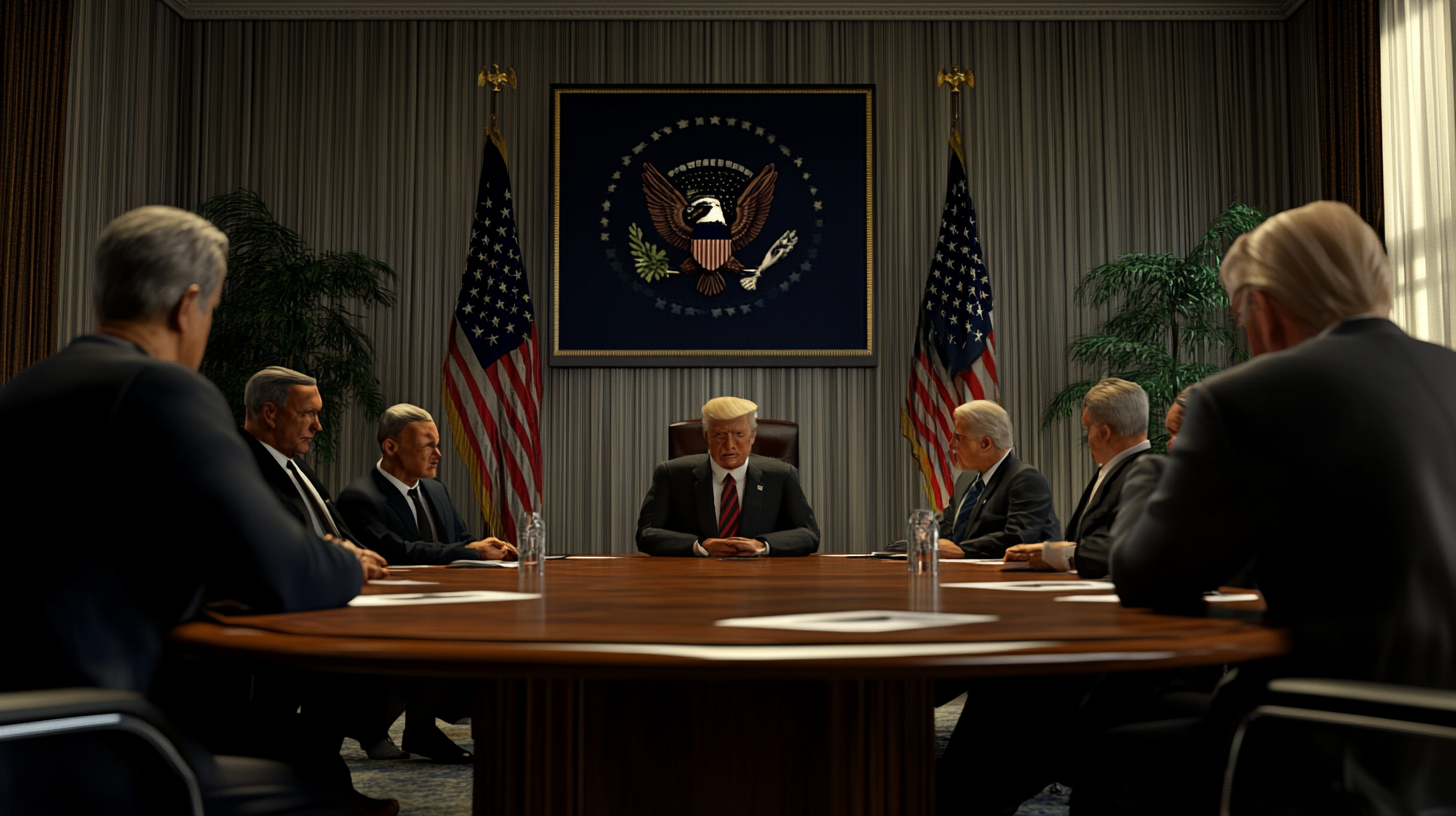
Lede: President Donald Trump has enacted a dramatic policy shift, increasing tariffs on Chinese imports to 125%, sparking global economic debates and discussions over trade relations.
Nut Graph: This unprecedented tariff hike by Trump signals strained US-China trade relations, with financial markets watching closely for potential disruptions and economic fallout.
Trump Hikes Chinese Tariffs to 125% Amid Trade Tensions
On October 2023, a substantial tariff increase on Chinese imports was announced by US President Donald Trump. Tariffs have surged to 125%, marking a pivotal turn in trade policies.
The decision to escalate tariffs drew attention globally. Such actions aim to affect trade balances, with China and the US being the primary stakeholders involved in these changes.
Trump shares insights on economy and policy decisions.
Market Concerns Intensify Over US-China Tariff Effects
Market analysts are expressing concerns over the economic ramifications of the new tariffs. The US economy and global supply chains might feel the strain from this substantial increment.
Potential results include a strain on international markets, affecting financial and regulatory frameworks. Historically, similar events have led to increased market volatility, with evidence pointing to potential challenges ahead.
Retaliatory Patterns: Past Tariffs and Today’s Challenges
Past tariff increases have often led to trade tensions and retaliations. Such moves by the US, when compared to prior actions, show a persisting pattern in case of economic tensions.
Experts from Kanalcoin suggest that the current scenario mirrors past economic impacts, where data indicates possible market fluctuations. Historical insights point towards a critical period for both global markets and diplomatic relations.
“Tariffs will lead to lower oil and food prices for the U.S. while addressing trade imbalances caused by previous administrations.” – Donald Trump, Former U.S. President









